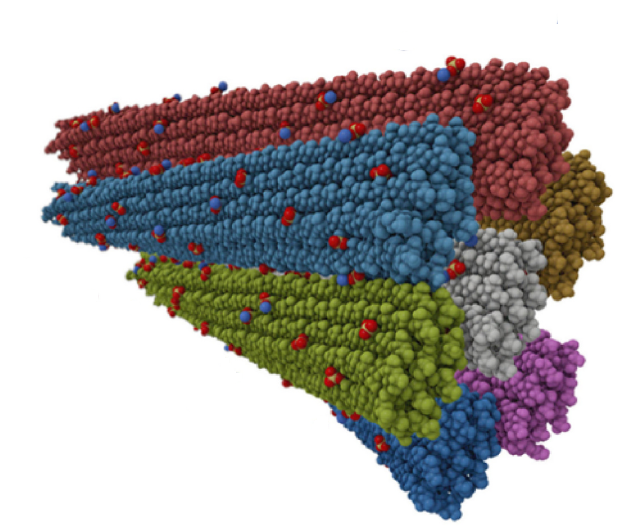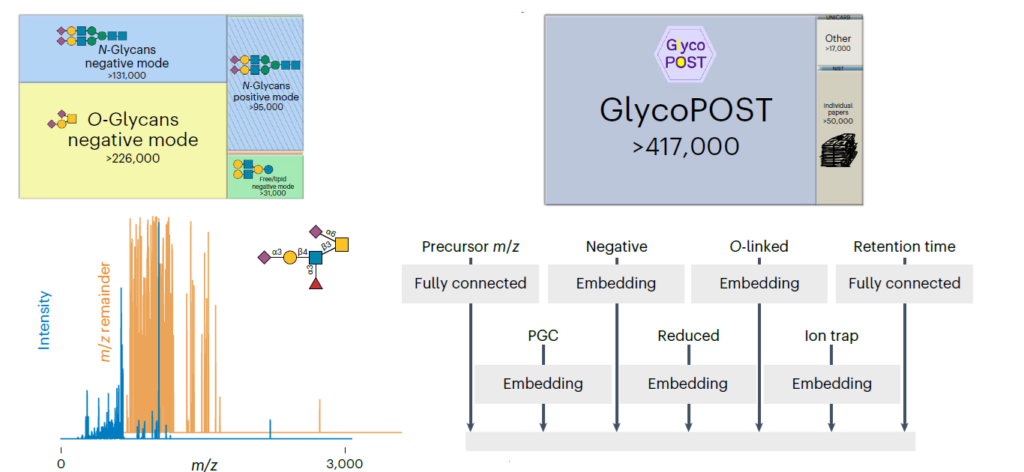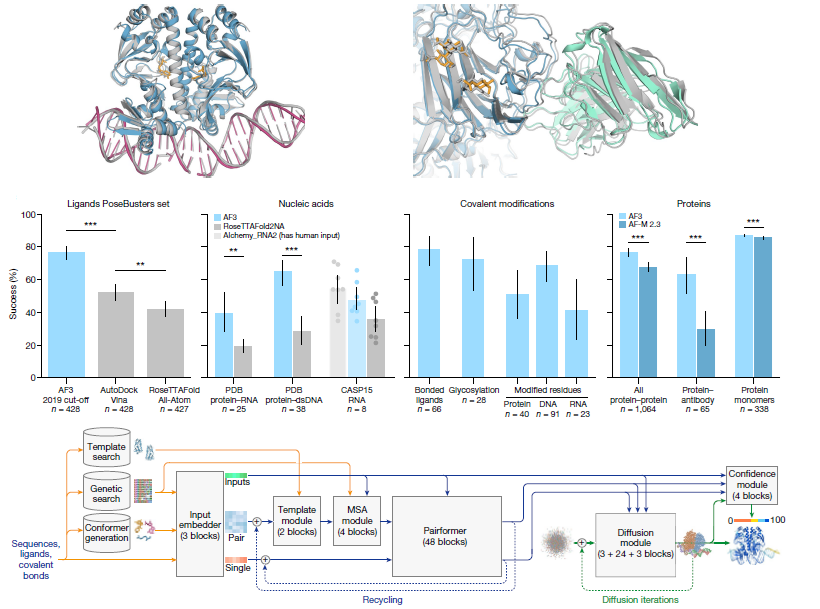Glycosaminoglycans (GAGs) were first considered structural components of the ECM and were then found to regulate numerous biological processes, such as signalling, cell–matrix interactions, and host–pathogen interactions. This article focuses on the biological landscape of GAGs. It summarizes, first, key biological findings for the most widespread GAGs, namely hyaluronan (HA), chondroitin sulfate/dermatan sulfate (CS/DS), keratan sulfate (KS), and heparan sulfate (HS), and recent findings on the biosynthesis of GAGs, their roles in health and disease, both as individual glycans and as part of Proteo-Glycans (PGs).

The article focuses on the major processes that remain to be deciphered to get a comprehensive view of the mechanisms mediating GAG biological functions. They include the regulation of GAG biosynthesis and post-synthetic modifications in heparin (HP) and HS, the composition, heterogeneity, and function of the tetrasaccharide linkage region and its role in disease, the functional characterization of the new PGs recently identified by glycoproteomics, the selectivity of interactions mediated by GAG chains, the display of GAG chains and PGs at the cell surface and their impact on the availability and activity of soluble ligands, and on their move through the glycocalyx layer to reach their receptors, the human GAG profile in health and disease, the roles of GAGs and particular PGs (syndecans, decorin, and biglycan) involved in cancer, inflammation, and fibrosis, the possible use of GAGs and PGs as disease biomarkers, and the design of inhibitors targeting GAG biosynthetic enzymes and GAG–protein interactions to develop novel therapeutic approaches.



